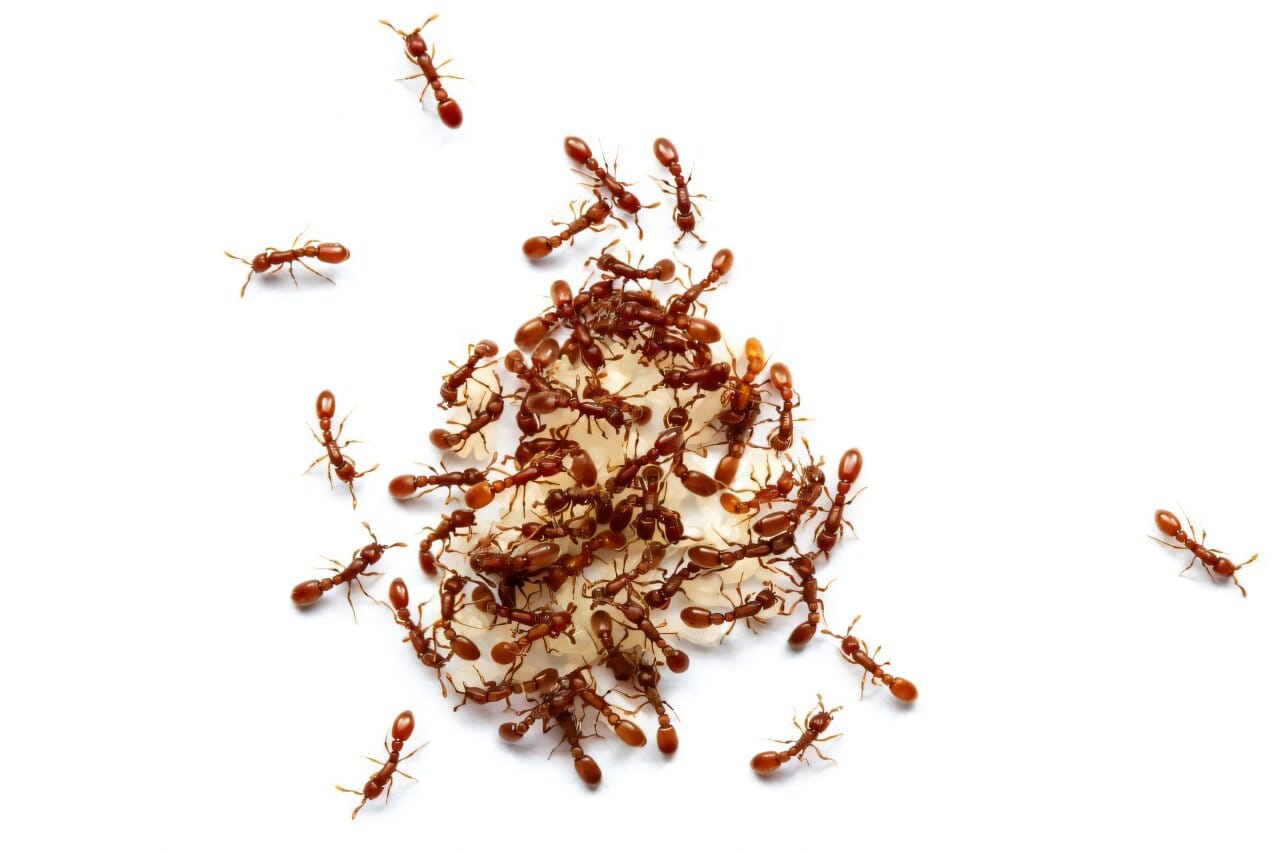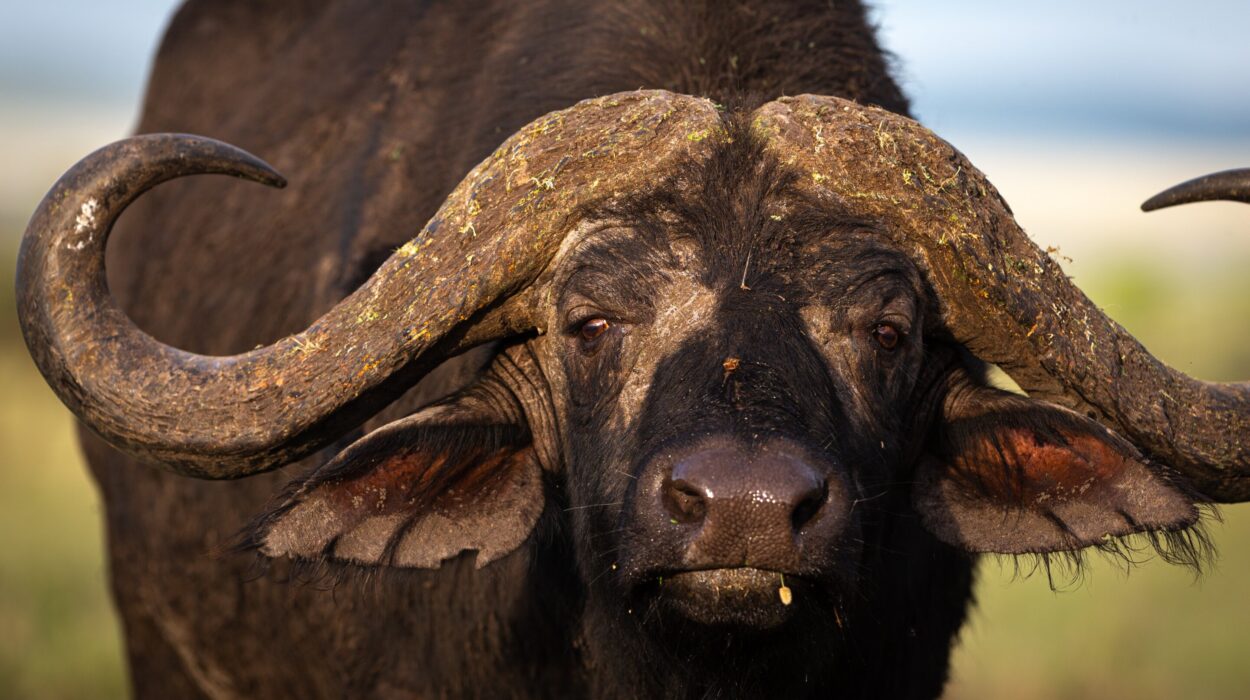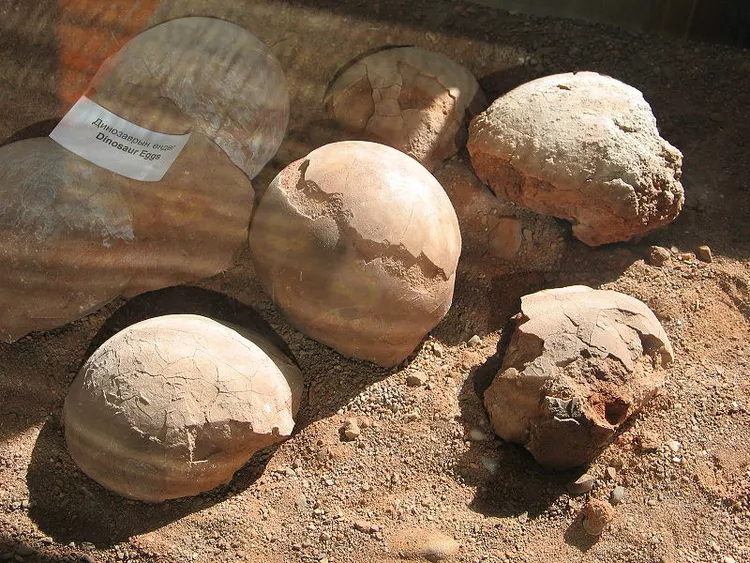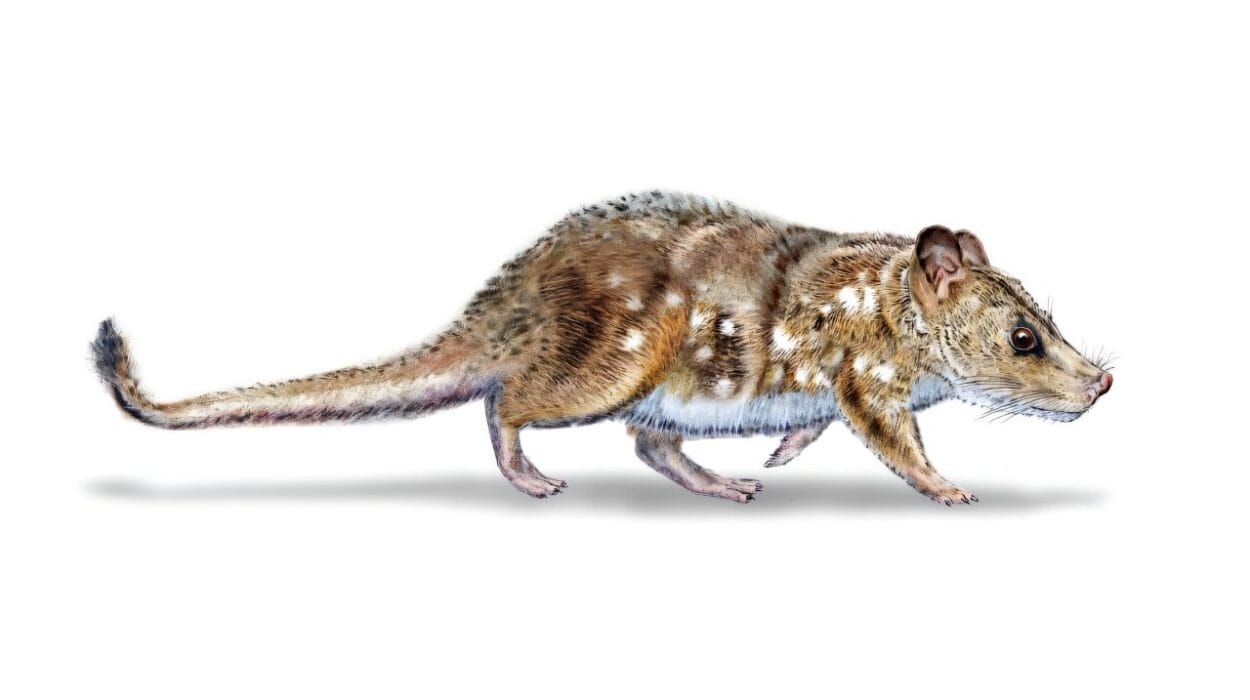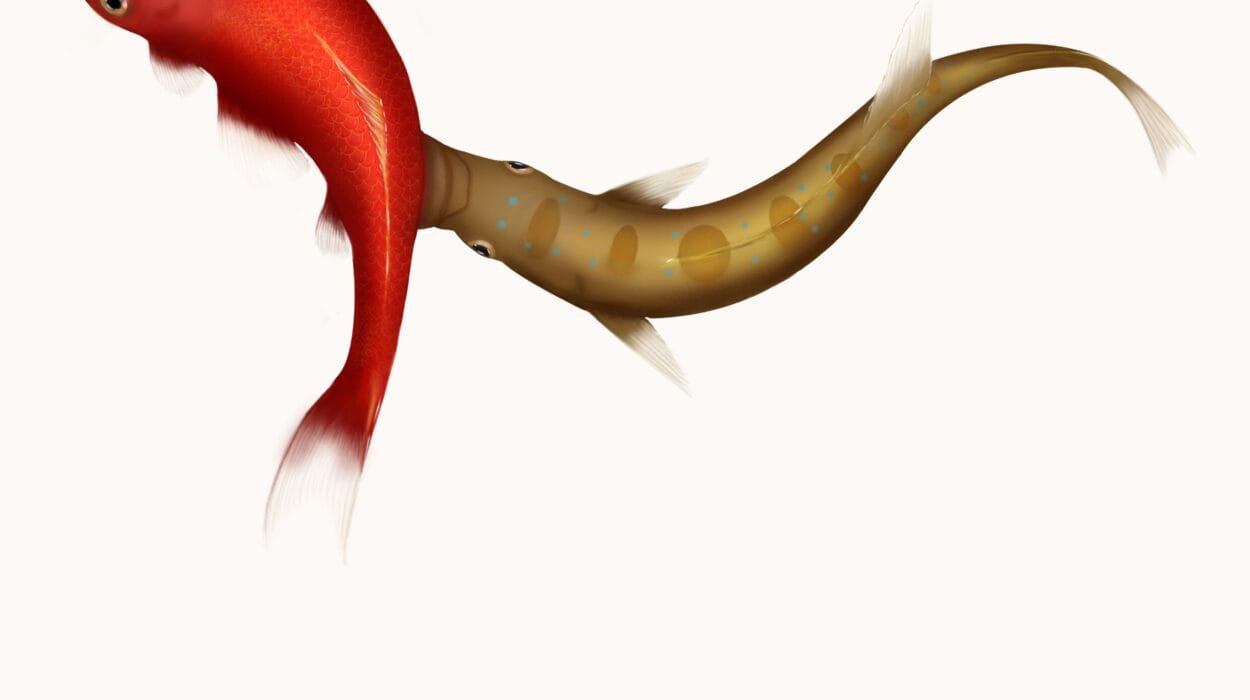In the world beneath our feet, empires rise and fall unnoticed. Entire civilizations, composed of six-legged architects, foragers, nurses, and monarchs, carry out the rituals of survival with astonishing precision. Ants, though small, form some of the most complex societies in nature. And at the heart of every colony lies a profound mystery: what makes a queen a queen?
For decades, scientists have known that in many ant species, queens are larger, winged, and fertile, while workers are smaller, wingless, and dutiful. The difference between them is not just cosmetic—it’s existential. A queen births the future. A worker builds the present. But what determines whether a young female larva will grow into a regal egg-layer or a tireless laborer?
That question has long stood at the crossroads of two great biological debates: genetics versus environment, and body versus behavior. Now, new research offers a thrilling twist—one that shows how genes and size don’t merely determine caste, but may reshape how ant societies understand what size means at all.
One Body, Many Fates
All female ants begin their lives nearly identically—tiny larvae with no obvious signs of the glorious or humble fate awaiting them. They do not inherit their caste like a title. There’s no royal bloodline, no silver spoon. Queens and workers share the same basic DNA.
This remarkable fact makes ants a living example of what scientists call developmental plasticity—the idea that a single genome can produce radically different outcomes depending on how it is shaped by life’s conditions. In ants, this plasticity is so powerful that it can transform the same genetic blueprint into either a flight-ready queen with massive ovaries and compound eyes or a vision-limited worker destined for lifelong toil.
And yet, even as biologists celebrated this plasticity, they struggled to answer one fundamental question: is caste truly separate from body size?
In other insects, like fruit flies or beetles, physical features often emerge independently of size. A big fly isn’t necessarily a different type of fly. Some researchers believed ants must operate similarly—that environmental factors like diet or temperature could influence traits like wing development or ovary size separately from how large the ant grew. But a growing body of evidence hinted otherwise.
Ants, it seemed, played by different rules.
The Clones That Revealed a Secret
To unlock the caste puzzle, a team of scientists led by Daniel Kronauer at Rockefeller University turned to an unusual species: the clonal raider ant, Ooceraea biroi. Unlike most ants, these raiders reproduce without sex. Every individual is a genetic copy of her sisters, which means researchers can create colonies of perfectly identical ants.
It’s like having an army of human twins raised in separate but controlled environments—an experimental dream for developmental biology.
“Studying how individuals differentiate in a colony can inform our understanding of the types of caste systems, from queens to workers to soldiers, that can evolve in the thousands of ant species out there,” Kronauer explains.
What makes O. biroi especially fascinating is that it doesn’t have typical queens. Instead, it produces individuals called intercastes—larger ants that share queen-like traits. They don’t rule over colonies, but their bodies hint at the evolutionary roots of royalty. Intercastes grow bigger, develop rudimentary wings, and produce more eggs. In effect, they are a biological shadow of queens, allowing scientists to study how queen-like features emerge, even in a species that lacks true queens.
Growing Into Greatness
In the lab, Kronauer’s team raised genetically identical larvae in varying conditions, carefully manipulating how much food they received, the temperature they lived in, and the behavior of the workers who cared for them.
The results were striking but consistent. Ants raised with less food grew smaller and showed fewer queen-like traits. But the key insight came when some underfed ants managed to grow large anyway. Despite environmental stress, if a larva crossed a certain size threshold, it would develop queen-like features. If it stayed small, it didn’t—regardless of what else it had experienced.
Size, it turned out, was destiny.
But then came the deeper mystery. What if two ants were the same size but had different genetic backgrounds? Could one still be more queen-like than the other?
To find out, the researchers introduced genetic diversity. They bred ants from two distinct lines, dubbed Line A and Line M. Though reared in the same conditions, Line M ants tended to grow smaller overall. But something astonishing happened: even when Line M ants were small, they were more likely to become queen-like than same-sized ants from Line A.
It was as if their bodies whispered, “You’re ready,” even when they were barely bigger than workers.
This revealed something profound: genetics doesn’t just influence how big an ant becomes—it changes what that size means.
The Threshold Effect
The study’s conclusions, published in Proceedings of the National Academy of Sciences (PNAS), introduced a new concept to the field of caste biology: the threshold for queen development is genetically encoded. That is, each genetic line sets its own size benchmark for when queen-like traits switch on.
Imagine two students of the same height trying to ride a roller coaster. One is told, “You’re tall enough,” while the other is denied entry. Their size is the same, but the rule book has changed.
This is what’s happening in the ants. The rules for becoming a queen are written in their DNA, and the threshold for transformation is flexible—not in the environment, but in the genes.
“If some environmental factor affects caste, it will affect size too,” said co-author Patrick Piekarski. “It can’t induce change in one and not the other. No matter which environmental variable you manipulate, the relationship between body size and caste remains unchanged and is instead genetically encoded.”
Society in a Superorganism
But the implications of this study go far beyond ant morphology.
Kronauer’s lab views the ant colony not just as a collection of individuals, but as a superorganism—a unified biological system, like the cells in a human body. In this view, queens are the reproductive organs, workers are the hands and feet, and soldiers, where they exist, are the defense systems. Every role, every behavior, every physical trait contributes to the greater whole.
Understanding how ants differentiate into these roles can help us grasp the evolution of social complexity. How do brains specialize for different tasks? How does a society coordinate growth, division of labor, and reproduction with such precision? And most importantly, how does a single genome create so many different forms of life?
The brain of a worker ant, for instance, is wired for navigation, problem-solving, and childcare. The queen’s brain is geared toward mating and egg-laying. Their entire lives, shaped from the same genetic script, unfold as distinct plays. And it all begins in the larval stage, when unseen forces of nutrition, temperature, and genetic instruction whisper the first lines.
Rethinking Nature and Nurture
This study challenges a simplistic view of the age-old nature vs. nurture debate. In the clonal raider ant, environment and genes dance together in a tightly choreographed performance. Yes, the environment matters—but only by pushing larvae across genetically set boundaries.
And yes, genes matter—but not as unchangeable laws. They create possibilities, not certainties. They don’t just build ants; they interpret the world the ants grow up in.
Perhaps most striking is how this research invites us to reconsider our own development. Humans, like ants, are shaped by a blend of inheritance and experience. While we don’t grow wings or lay thousands of eggs, our potential—our futures—are sculpted in part by the thresholds our genes set and the environments we inhabit.
Whether we rise to leadership, drift into obscurity, or find meaning in service, our lives are not fixed at birth. They are negotiable. Moldable. Alive.
Just like the queen within the larva.
Reference: Piekarski, Patrick K. et al, Static allometries of caste-associated traits vary with genotype but not environment in the clonal raider ant, Proceedings of the National Academy of Sciences (2025). DOI: 10.1073/pnas.2501716122. doi.org/10.1073/pnas.2501716122
